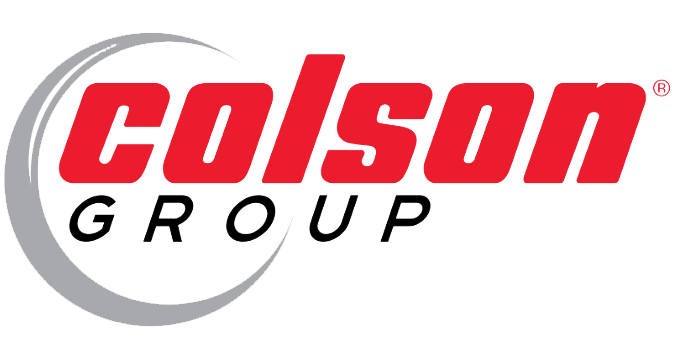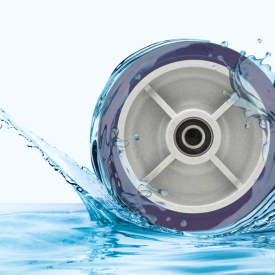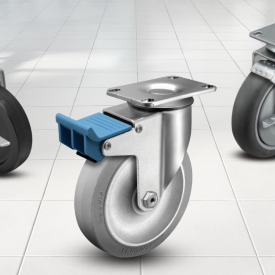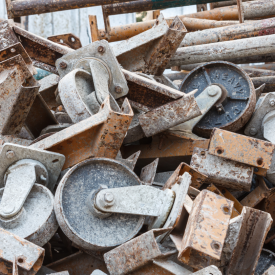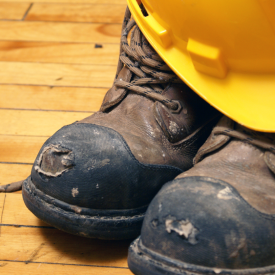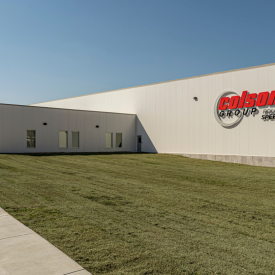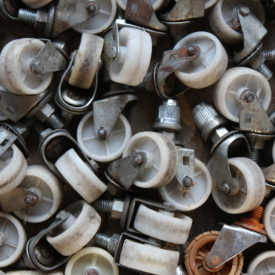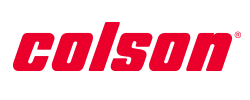Why Buy Casters Made In The USA
When you choose casters made in the USA, you can expect exceptional quality. Colson Group’s Albion brand takes pride in crafting their casters with precision and attention to detail. The use of high-quality materials and stringent manufacturing standards ensures that these casters are built to last. Some of their most popular made in the USA caster series include the Albion 16 Series, Albion 310 & 410 Series, Albion 315 & 415 Series, and their newly launched Maintenance Free 28 & 38 Series. By opting for USA-made casters, you can experience longer-lasting mobility, resulting in reduced maintenance and repair costs over time.
Choosing American-made casters goes beyond the benefits to your business; it also contributes to the overall strength and vitality of the domestic economy. By supporting local manufacturing, you help create job opportunities, foster economic growth, and ensure that the skills and expertise required for producing high-quality casters remain within the country. Buying American-made products is a tangible way to invest in the future of your community and the nation as a whole.
Investing in casters made in the USA brings numerous advantages. From superior quality and reduced maintenance costs to the trust instilled by a reputable brand, American-made casters offer exceptional value. Additionally, supporting domestic manufacturing bolsters the local economy and secures jobs for the future. When it comes to mobility solutions for your equipment, choose casters made in the USA to ensure durability, reliability, and contribute to the growth of American industry. If you need help finding a Colson Group brand USA made caster for your application, visit https://colsongroupusa.com/contact/.
